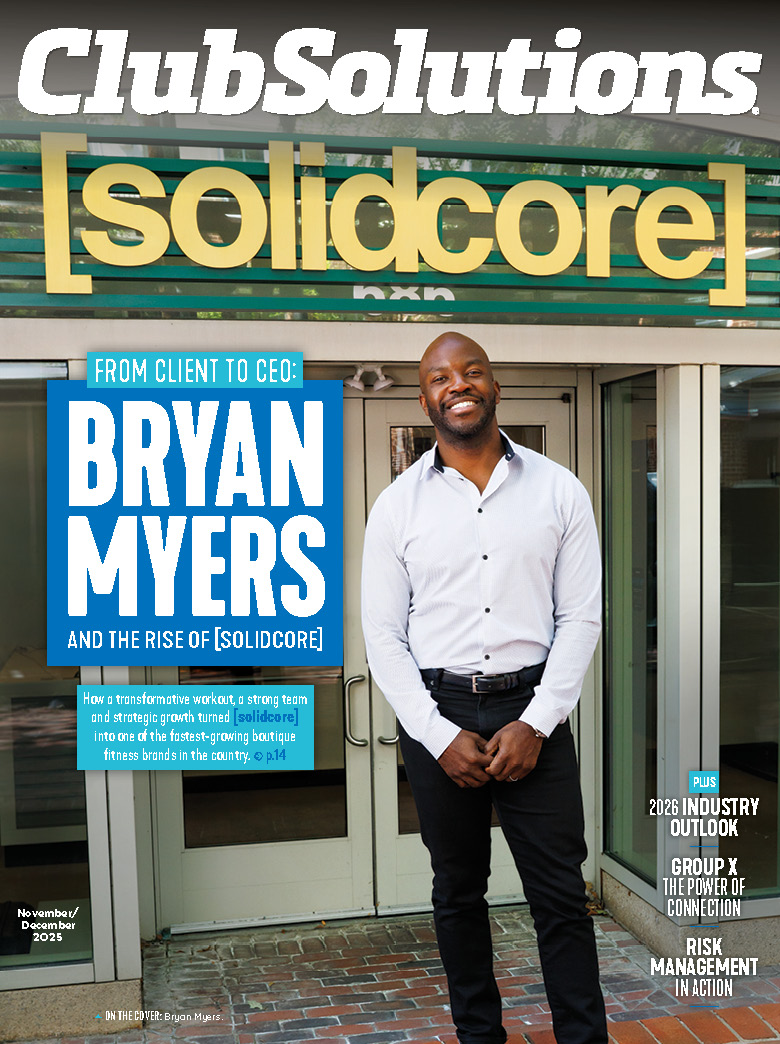In recent years, many health clubs have discovered there is a good business case for integrating inclusive elements and practices into their environments. They’ve learned that by creating an environment that welcomes people of all abilities, they’re opening their doors to an opportunity to expand their member base.
Some may ask if this a significant enough business opportunity to warrant the changes that may be required. The answer is yes.
Consider the following: in 2014, the Centers for Disease Control (CDC) reported that 11.6 percent of adults aged 18 to 64 in the U.S. had some type of disability (hearing, vision, cognitive or mobility). The CDC has also reported that nearly half of adults with disabilities — who are able to be physically active — don’t get any aerobic exercise.
Interestingly, the physical activity guidelines for people with disabilities is essentially the same for those without a disability. The U.S. Health Department of Health and Human Services’ “Physical Activity Guidelines for Adults with Disabilities” recommends that disabled adults (who are able to exercise) get 150 minutes a week of moderate intensity or 75 minutes of vigorous intensity aerobic activity.
Here’s the point: there are people in your community with disabilities, and their exercise needs aren’t being met. And this is where health clubs can set themselves apart from the rest of the competition —creating an environment that welcomes people of all abilities.
As you move to create a more inclusive environment, keep in mind this may require a change in mind-set or even a culture shift for your entire organization. Here are some areas to focus on:
Staffing and Customer Service
- Educate your entire team about the principles of inclusive fitness and why it matters.
- Communicate that inclusion is a value to be embraced by staff and modeled to members.
- Provide disability etiquette training to ensure excellent customer service.
Programming and Equipment
- Hire trainers certified in inclusive fitness who can develop adaptive group classes and individualized programming, and are familiar with ADA compliance.
- Select inclusive total-body exercise equipment members of all ages and abilities can use.
- Make sure there are no barriers to prevent the use of a piece of exercise equipment.
Marketing and Promotion
- Use language and images in your marketing materials that communicate an inclusive message.
- Seek out partnerships with community organizations to promote your programs and services.
- Provide opportunities for special populations to visit and experience your equipment and classes at no charge.
When members feel welcome in their surroundings and feel like they fit in, this place becomes special. By putting out the welcome mat for people of all abilities, clubs set themselves apart as one of those special places.
Jane Benskey is a marketing communications specialist at NuStep, LLC maker of the NuStep recumbent cross trainer.










